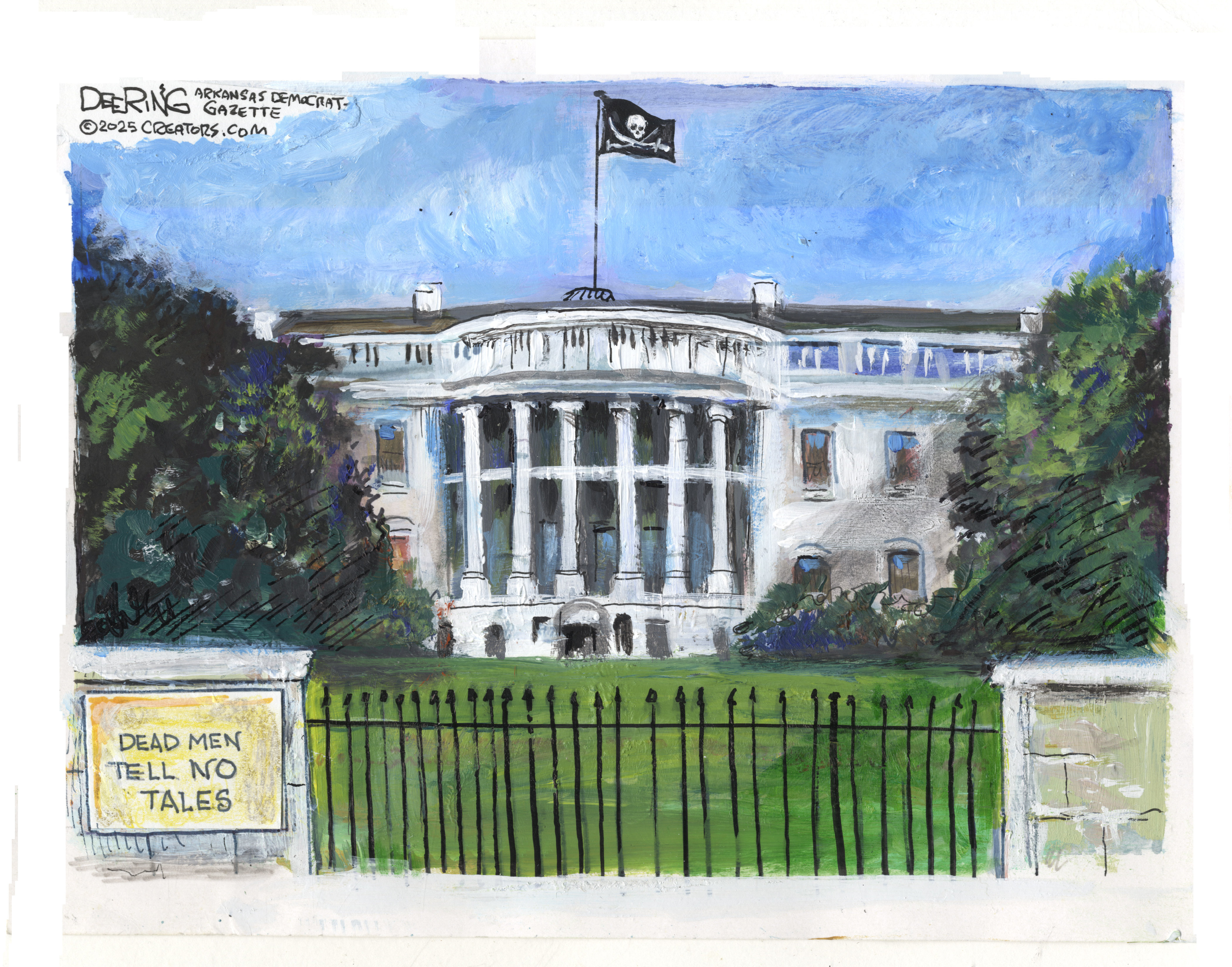US mints final penny after 232-year run
Production of the one-cent coin has ended


What happened
The U.S. Mint in Philadelphia Wednesday stamped what the Treasury Department said were the final pennies, ending production of the one-cent coin after 232 years. President Donald Trump had ordered the Treasury to stop producing pennies in February, but the government provided no guidance on how to handle the phaseout, leaving stores and banks scrambling as supplies ran low over the summer.
Who said what
“When it was introduced in 1793, a penny could buy a biscuit, a candle or a piece of candy,” The Associated Press said. “Now most of them are cast aside to sit in jars or junk drawers.” But the real impetus for their demise was cost: Each penny costs 3.69 cents to make. “God bless America, and we’re going to save the taxpayers $56 million,” U.S. Treasurer Brandon Beach said before hitting a button to strike the final penny.
The penny’s demise ends a “years-long farce of the government producing coins that cost more to make than they are worth,” The Washington Post said in an editorial. But Trump “did not have the legal authority to cancel penny production unilaterally,” and beginning the process with Congress, as stipulated in the Constitution, “would have facilitated solutions for the problems inherent in eliminating a coin” nearly as old as the U.S.
What next?
The estimated 250 billion pennies still in circulation remain legal tender. The final five pennies minted Wednesday were part of a batch of 232, each “marked with an Omega symbol to signify the last of their kind,” that will be auctioned off next month, Reuters said.
The Week
Escape your echo chamber. Get the facts behind the news, plus analysis from multiple perspectives.

Sign up for The Week's Free Newsletters
From our morning news briefing to a weekly Good News Newsletter, get the best of The Week delivered directly to your inbox.
From our morning news briefing to a weekly Good News Newsletter, get the best of The Week delivered directly to your inbox.
A free daily email with the biggest news stories of the day – and the best features from TheWeek.com
Peter has worked as a news and culture writer and editor at The Week since the site's launch in 2008. He covers politics, world affairs, religion and cultural currents. His journalism career began as a copy editor at a financial newswire and has included editorial positions at The New York Times Magazine, Facts on File, and Oregon State University.
-
 Political cartoons for December 14
Political cartoons for December 14Cartoons Sunday's political cartoons include a new White House flag, Venezuela negotiations, and more
-
 Heavenly spectacle in the wilds of Canada
Heavenly spectacle in the wilds of CanadaThe Week Recommends ‘Mind-bending’ outpost for spotting animals – and the northern lights
-
 Facial recognition: a revolution in policing
Facial recognition: a revolution in policingTalking Point All 43 police forces in England and Wales are set to be granted access, with those against calling for increasing safeguards on the technology
-
 Phish food for thought: Ben & Jerry’s political turmoil
Phish food for thought: Ben & Jerry’s political turmoilIn the Spotlight War of words over brand activism threatens to ‘overshadow’ the big ice cream deal
-
 How will the Warner Bros. bidding war affect the entertainment industry?
How will the Warner Bros. bidding war affect the entertainment industry?Today’s Big Question Both Netflix and Paramount are trying to purchase the company
-
 Texas is trying to become America’s next financial hub
Texas is trying to become America’s next financial hubIn the Spotlight The Lone Star State could soon have three major stock exchanges
-
 What a rising gold price says about the global economy
What a rising gold price says about the global economyThe Explainer Institutions, central banks and speculators drive record surge amid ‘loss of trust’ in bond markets and US dollar
-
 How could worsening consumer sentiment affect the economy?
How could worsening consumer sentiment affect the economy?Today’s Big Question Sentiment dropped this month to a near-record low
-
 Musk wins $1 trillion Tesla pay package
Musk wins $1 trillion Tesla pay packageSpeed Read The package would expand his stake in the company to 25%
-
 Starbucks workers are planning their ‘biggest strike’ ever
Starbucks workers are planning their ‘biggest strike’ everThe Explainer The union said 92% of its members voted to strike
-
 Argentinian beef is at the center of American farmers’ woes
Argentinian beef is at the center of American farmers’ woesThe Explainer ‘It feels like a slap in the face to rural America,’ said one farmer
